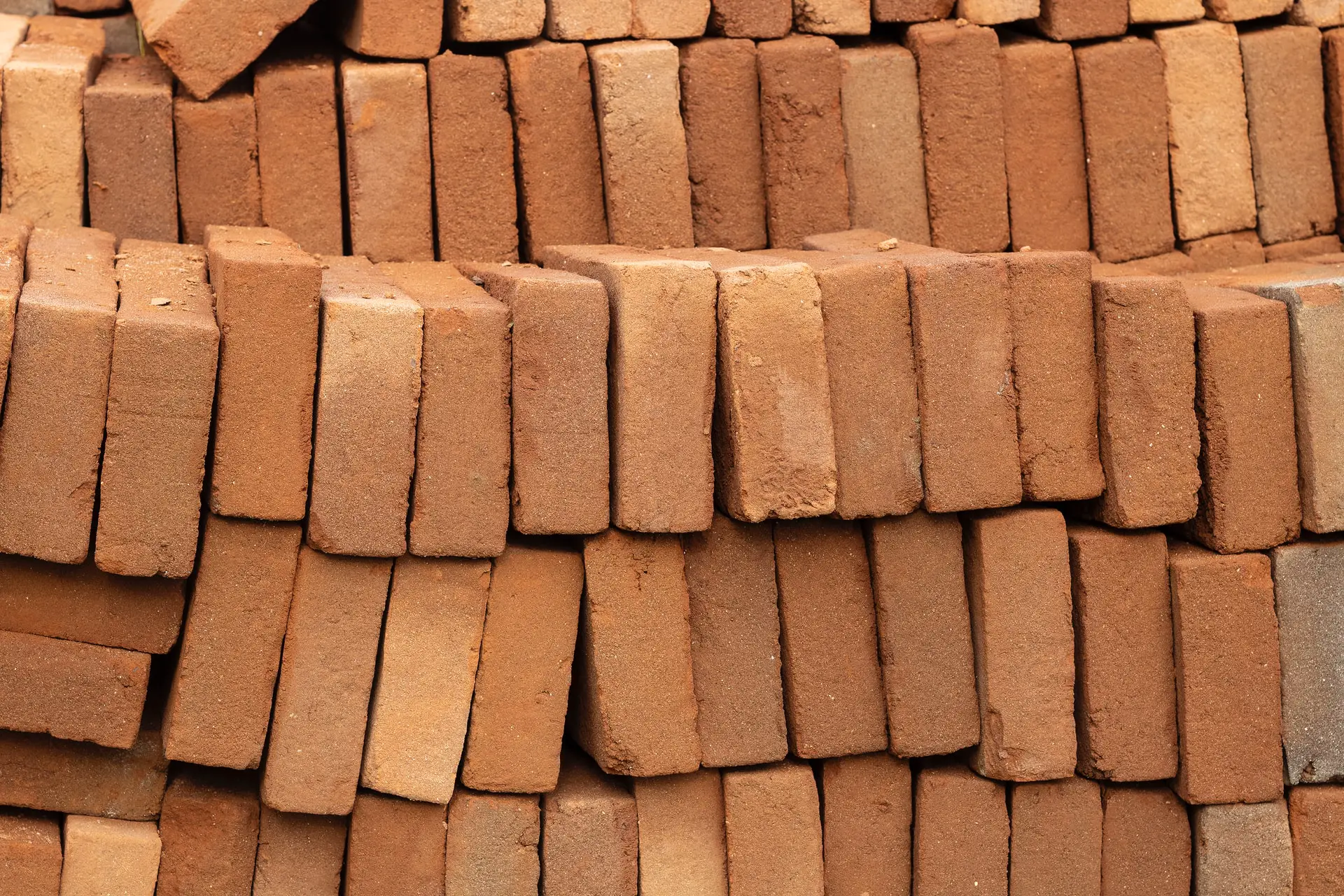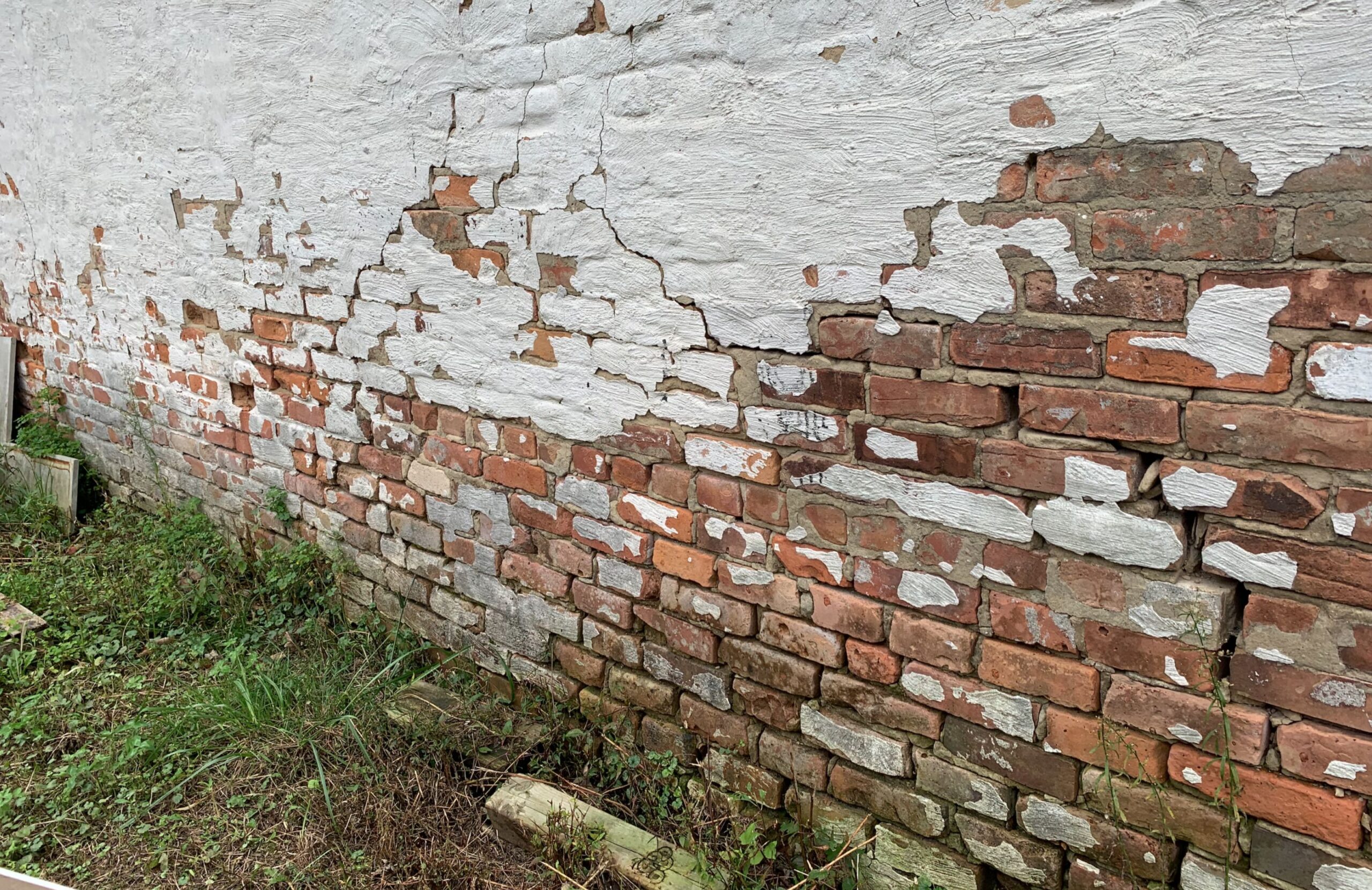Bricks have been used in construction for thousands of years, but are they a sustainable choice today? This article explores the eco-friendly qualities of bricks and whether they deserve to be called a “green” building material.
Are Bricks Environmentally Friendly?

Bricks are generally considered an environmentally friendly building material.
They are natural, durable, energy efficient, and reusable or recyclable.
Brick manufacturing can utilize sustainable practices and renewable energy.
While not biodegradable, the longevity of bricks offsets impacts.
Key Points
- Bricks are durable, long-lasting, and require little maintenance.
- Bricks can be reused, repurposed, or recycled at the end of life.
- Properly manufactured bricks have low embodied energy and emissions.
Our Opinion
As building experts, we believe bricks are one of the most sustainable materials available.
Their unrivaled durability and thermal performance, combined with recyclability and manufacturing improvements, make bricks a great ecological choice.
While concrete may be more common, brick is the greener option.
Are Bricks Sustainable?

When it comes to sustainability, bricks have some clear advantages:
- Bricks are extremely durable — able to last hundreds of years with little to no maintenance.
- They can be easily reused and repurposed when buildings are renovated or demolished.
- Most bricks are made from natural clay, a renewable resource.
- Some bricks incorporate fly ash, a recycled byproduct from coal power plants.
The thermal mass of bricks helps regulate indoor temperatures, reducing the need for heating and cooling. Bricks are intrinsically energy efficient and have very low lifecycle energy costs. Essentially, once bricks are produced they will last forever with no upkeep required. This makes them the ultimate sustainable building material.
However, brick production does require the burning of fuels and clay extraction can disrupt local ecosystems. There are also concerns that the Brick Industry Association’s “sustainability” campaigns may be greenwashing.
The most environmentally friendly brick facilities use renewable energy like solar and wind power. They recycle water, handle waste responsibly, and rehabilitate mining sites. Overall, bricks can be a smart, green choice with some caveats.
How Are Bricks Made?
The brick-making process starts with the sourcing of natural raw materials like clay, shale, and limestone. These are mined from quarries and then transported to manufacturing facilities.
Next, the raw materials are crushed and ground into a fine powder. This powder is mixed with water to form a stiff mud that can be molded. Brick makers may also add recycled materials like crushed bricks or fly ash at this stage.
The mud mixture is extruded through a die, cutting it into the traditional brick shape. The green bricks are then air-dried to harden them enough for the kiln.
In the kiln, the bricks are fired at extremely high temperatures up to 2000°F. This sinters the clay particles together into a strong, solid brick. The intense heat also determines the final brick color.
After cooling, the fired bricks are ready for quality inspection and packaging. They are strapped into bundles and shipped out to construction sites across the country.
From sourcing to firing, brick-making is an energy-intensive process. However, the longevity and durability of the finished product make up for the environmental costs. With conscientious manufacturing, bricks can remain an eco-friendly building material.
What Is the Lifespan of Bricks?

Bricks are one of the most durable and long-lasting building materials available. In fact, the lifespan of a properly made brick is practically infinite.
Unlike other materials like wood, stucco, or fiber cement siding, bricks do not rot, burn, dent, warp, or attract pests. They are impervious to water damage and stand up to decades of weathering and UV radiation.
Well-fired bricks are incredibly resistant to compression. They can support immense structural loads without crumbling or cracking. This load-bearing strength remains constant over the brick’s lifetime.
With proper installation and maintenance, a brick wall or pavement can last over 100 years. There are brick buildings and roads that have remained in service for centuries.
Bricks made hundreds of years ago can still be found in excellent condition today. They can be salvaged and reused in new construction projects. This makes bricks one of the most sustainable options.
In essence, bricks built properly do not wear out. Their expected lifespan is infinite. As a result, they represent an unbeatable lifetime value for builders and homeowners seeking permanent structures.
How Can Bricks Be Reused?
One of the best things about bricks is that they can be reused and repurposed in new projects. This gives them an exceptionally long life cycle compared to other building materials.
Salvaged bricks from demolished buildings are cleaned, inspected, and sold for reuse all the time. Vintage bricks can bring character and charm to new construction. Reclaimed bricks also conserve natural resources and keep waste out of landfills.
Bricks can be reused in place during renovations. For example, exterior brick walls may stay standing while a building’s interior gets rebuilt. The strong, durable bricks don’t need replacing.
Cracked or damaged bricks can be re-fired and then used for repairs. This rejuvenates their integrity for continued use in the existing structure.
Entire brick buildings can even be deconstructed brick-by-brick. The bricks get cleaned and stacked on pallets for reuse in other projects. This preserves their embodied energy.
Recycled bricks may need the reapplication of mortar before being laid in new walls. But the bricks themselves remain structurally sound.
The recyclability and reusability of bricks make them one of the most sustainable construction materials. Their longevity and durability enable repeated reuse with minimal processing.
How Do Bricks Compare to Other Eco-Friendly Materials?
Bricks stand out among other sustainable building materials for their unparalleled durability. Made primarily from abundant natural ingredients like clay, shale, and limestone, bricks require less energy to produce than materials like steel, plastic, or concrete.
Wood is renewable but not as long-lasting as brick. Over time, wood requires much more maintenance, such as painting or staining. Bricks fired in a kiln become harder than stone and can last for centuries.
Cement production emits more carbon than brick manufacturing. Concrete walls need rebar reinforcement, unlike brick’s inherent strength. Concrete also deteriorates faster than fired brick unless treated.
While no material has zero impact, clay bricks score very low in embodied energy. They’re made locally, require no structural framing, and are fully reusable. Brick walls provide thermal mass for energy-efficient buildings.
For builders focused on sustainability, science shows brick is a superior choice over wood, concrete, steel, and other typical building materials. Brick structures are durable, resilient, and stand the test of time.
Specifiers looking to reduce the carbon footprint of projects should consider brick. Especially when locally produced, bricks offer an intrinsically green building solution.
FAQ
Are Red Bricks Environmentally Friendly?
Red bricks can be eco-friendly if they are made from sustainable materials like fly ash and manufactured using renewable energy sources. The durability and reusability of bricks also make them a greener choice than less durable materials.
How Are Bricks Good for the Environment?
Bricks are good for the environment because they are natural, long-lasting, require little to no maintenance, and can be reused or recycled at the end of life. Brick buildings also tend to be energy efficient and regulate indoor temperatures well.
Are Bricks More Environmentally Friendly Than Wood?
Bricks are generally seen as more sustainable than wood. While wood is renewable, bricks last much longer and do not require re-treatment. Bricks also have lower embodied energy than wood products.
Is brick more sustainable than concrete?
Brick is typically considered more eco-friendly than concrete. Brick manufacturing has lower associated CO2 emissions and bricks can be reused or recycled, unlike concrete. Bricks also have better thermal performance than concrete.
Conclusion
Bricks are one of the most environmentally friendly building materials due to their durability, thermal performance, and recyclability. Properly manufactured bricks have low embodied energy and emissions compared to alternatives like concrete. While not biodegradable, bricks can be reused or recycled numerous times. Eco-friendly bricks utilize renewable energy, recycled materials, and sustainable practices. Overall, bricks are a green, energy-efficient choice for sustainable construction.
